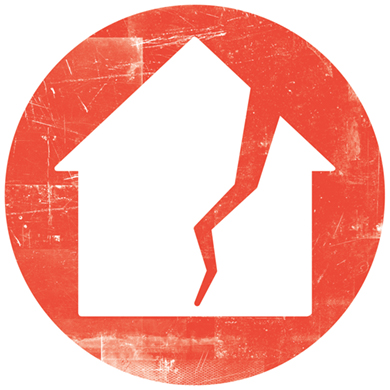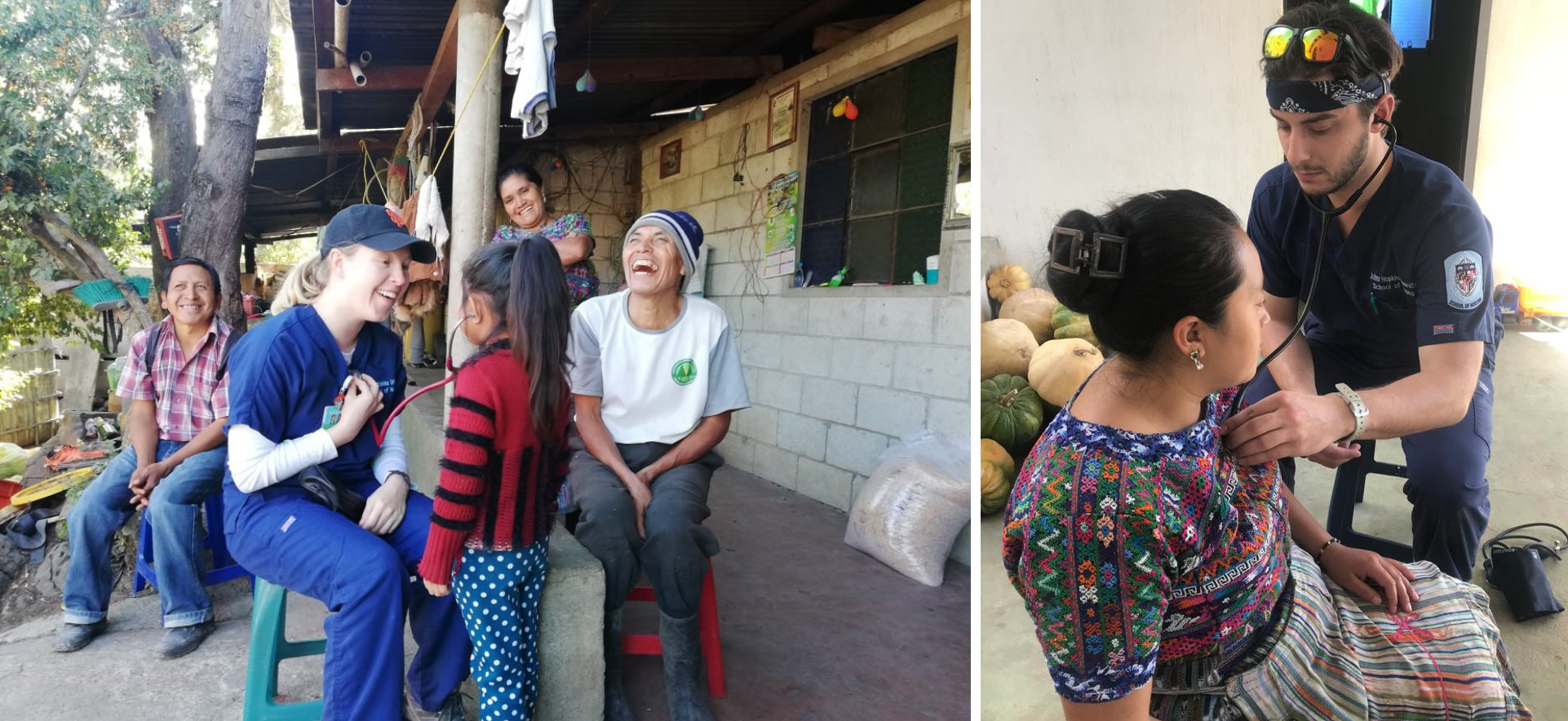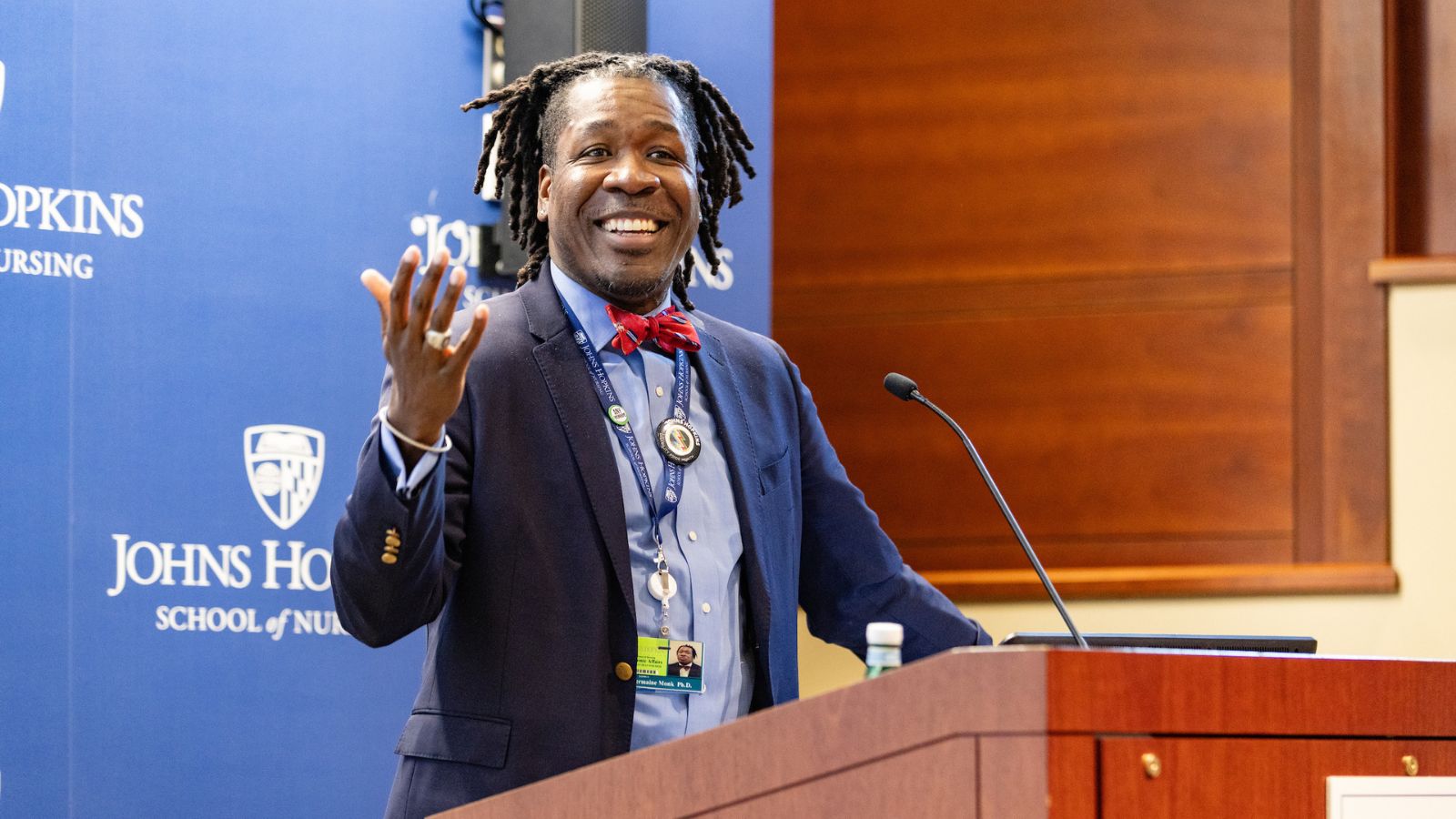To break free, women sacrifice stability, and suffer even more for it

The inability to find safe, affordable housing is one reason so many women are forced to remain in abusive relationships. It’s a problem reinforced in “House to House, Shelter to Shelter: Experiences of Black Women Seeking Housing After Leaving Abusive Relationships,” a pilot study of the harrowing narratives of black mothers 21 to 40 years old living in emergency intimate partner violence shelters by Patty Wilson, PhD, RN, and Kathryn Laughon, PhD, RN.
Though intimate partner violence crosses cultural, socioeconomic, and educational lines, black women are more likely to die at the hands of their partners. Those who do leave their abusers often face multiple barriers in gaining their independence, the authors write, experiencing the loss of social and financial support, poor living conditions, shame and isolation, and mental health difficulties such as anxiety and depression.
The mothers in the study had all experienced a lifetime history of unstable housing, beginning in childhood and following them into adulthood. They also shared that they lived with their abusers not because they wanted to but because they felt there was no other option. One mother said, “I didn’t really like him … my back was up against the wall.”
The authors suggest that if questions about housing history aren’t asked during health screenings, problems could go unnoticed. “Understanding a more detailed housing history will give clinicians the opportunity to identify women who may be at greater risk of further housing instability.”
Publication: Journal of Forensic Nursing
 Forging Policy: How Can Doulas Improve Black Maternal Health?
Forging Policy: How Can Doulas Improve Black Maternal Health? Guatemala Re-visited: Rainwater Project Shows Value of Service-learning Trips
Guatemala Re-visited: Rainwater Project Shows Value of Service-learning Trips You’re Welcome
You’re Welcome Forging Policy: Associate Dean Jermaine Monk and Education After Affirmative Action
Forging Policy: Associate Dean Jermaine Monk and Education After Affirmative Action Nursing Named Most Trusted Profession for 22nd Consecutive Year
Nursing Named Most Trusted Profession for 22nd Consecutive Year






